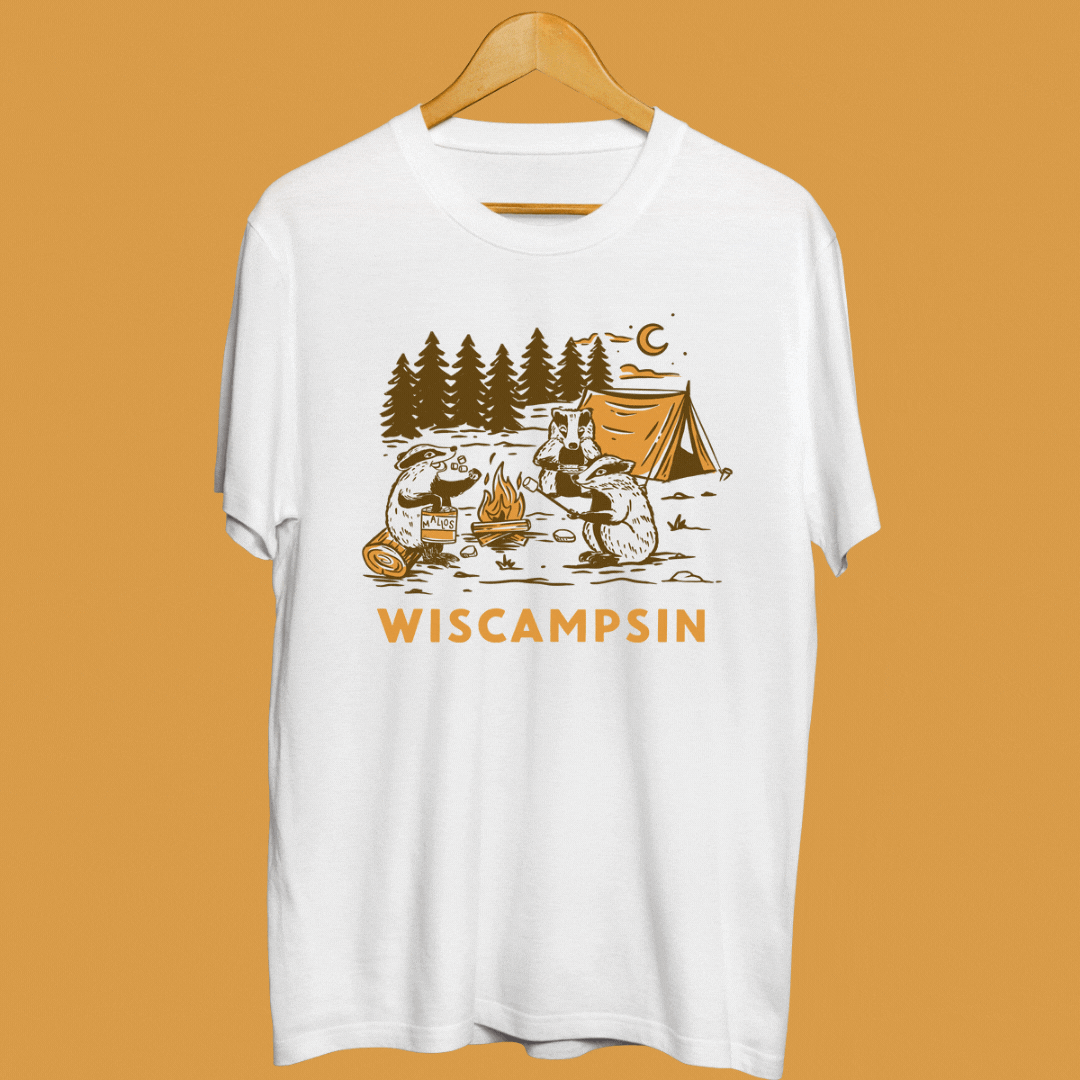- Wiscampsin Weekly
- Posts
- Where do all the birds come from?
Where do all the birds come from?
Each year, hundreds of thousands of birds migrate north through Wisconsin PLUS State Parks jobs, hunter education, and ice shanty removal
Good morning, folks! This is the Wiscampsin Weekly - the weekly email that gets you in the know on the Wisconsin Outdoors in less than 5 minutes.
What we're chirping about this week:
WI spring migratory birds 🦆
Summer jobs available at WI State Parks 💰
Goodbye, youth online hunter education 🦌
Where do all the birds come from?
Each year, between the months of March and June, around 300 species of birds pass through the Dairyland State during their great migration north.
From Ruby-Throated Hummingbirds to Canadian Geese, birds of all sizes can be seen landing in fields and shelling your neighbor's car with fresh droppings.
Why the migration? Birds migrate from low-resource areas to high-resource areas. Kind of like your roommate from college, birds are always on the hunt for food and nesting locations. Budding plants, reemerging insects, fresh nesting sites - these are all reasons for a bird to fly north.
Migration morsels
There are four migratory routes or "flyways" in the US. Birds visiting Wisconsin generally take the Mississippi Flyway. Perhaps to avoid Illinois tolls...
Birds migrate mainly at night to avoid predators
How they migrate is still not fully understood... theories range from olfactory maps, to the magnetic field, and even a sun and star compass
War birds
World War II wasn't just a catalyst for weaponry experimentation; It sparked a revolution in ornithology (bird science).
During the height of the war, unexplainable dots started appearing on new radar technology which, to the uneducated soldier, appeared as things like German bombers on a night raid.
Eventually chalked up to be the angels of dead soldiers, it wasn't until years later the truth was discovered: the dots on the radar were birds, not Hanz and Fritz slinging würst out of a Messerschmitt BF 109.
Bird tracking in the 21st century
Since the discovery, we've created things like BirdCast, a weather radar for migratory birds. Cloudy with a chance of... Wood Duck?
These technologies are helping us discover some pretty Twitter-worthy bird facts, like how the peak migration is in the month of May.
Some not-so-great facts have turned up too, like how birds in the US are migrating two days earlier each spring due to climate change.
Check out how it works with this visual of Sandhill Cranes migrating north. Or, everyone's favorite neighborhood jerk, the Red-Winged Blackbird.
How to give 'em a hand (or wing, etc)
Since 1970, roughly 30% (3 billion) of birds in the US have disappeared.
Sure, a ton were from Uncle Paul misreading the hunting regulations last year, but the real reason is from degrading bird habitat.
So if you really want to help out these weary travelers, plant native trees, grasses, shrubs, and flowers in your yard and community, as these are prime real estate for WI birds.
Another great way is get involved with Wisconsin conservation projects, or take a friend to some of the best birdwatching spots in Wisconsin. Every bit of interest helps, so forward this email to a friend!
Now get out 'der!
Hipcamp find of the week ⛺️

"Super private, quiet spot" is what Abigail said of the Private Wisconsin River Oasis between Stevens Point and Wisconsin Rapids. Well cripes, we'd have to agree.
Nuts and Seeds 🌰
🌲 Get paid to get outside: The DNR is now hiring seasonal staff for WI State Parks. Gotta pay for them cheese curds somehow...
🧊 Ope! Where's my shanty?: The deadline to remove ice shanties from Wisconsin bodies of water is fast approaching. Don't be that guy that ends up in the drink!
🔫 Youth hunters back in the classroom: Any young bucks looking to take their hunter safety education course will no longer have the chance to do so online. Which makes sense, seeing how handling firearms is kind of a hands on activity.

You know what Kevin misses these days? His floor - 'cause it's piled high with Wiscampsin Badgers Tee inventory, and we need your help to move it.
Each shirt is printed in Eau Claire, WI, made in the USA, and lightly kissed by Christian Yelich himself. Because we give a dam 🦫, we used sustainable materials and 100% compostable bags + labels.
Plus, we'll even donate 1% of all sales to Friends of Wisconsin State Parks. Neat, huh?
Order here. 👍
Well, how'd we do this week?

Reply